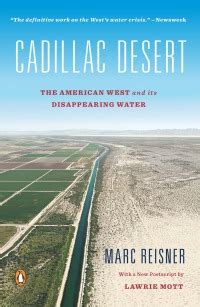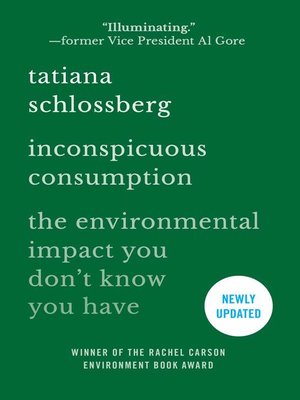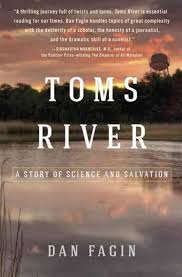Cadillac Desert
Non-fiction that makes you think is rare. Rarer still is a work non-fiction with legs that makes you think, decades after it was written. Marc Reisner’s 1986 environmental classic, Cadillac Desert: The American West and Its Disappearing Water is one of those exceptional works. Updated in 1993 and recently re-issued, it’s a massive tome, chock-filled with history, passion and a powerfully unique perspective on American history and development. Reisner writes with rage and urgency. While some things are very different in 2023 than they were in 1986, many of the same issues remain, shaped by the same history and forces. It remains an important and relevant book.
Reisner’s big picture approach starts with a fundamental fact that many Americans have ignored for decades: much of the western half of the United States has little rainfall and water. “Desert, semidesert, call it what you will,” Reisner stresses, the vast majority of the American west will never be changed simply because of limited water. Where there has been development – in Los Angeles, in Las Vegas, in the Imperial Valley – it has happened because of massive human effort. Each of these initiatives, many implemented by the Army Corps of Engineers and the Bureau of Reclamation, came with tremendous costs – and not just dollars. In fact, that is one of Cadillac Deserts big takeaways: the distribution of water in the American west has been about money and power, not conservation, common sense, or sound engineering. The book may be about the environment, but it’s even more about politics. He quite carefully chose the title of Chapter One: “A Country of Illusion.”
Some of the chapters in Cadillac Desert talk with each other, reinforcing a larger story. Others, though, stand on their own. These are set pieces, history framed with an angle. Reisner writes beautifully throughout, well-researched but miles away from pedantic. The chapter on the creation (or theft, depending upon your point of view) of Los Angeles’s water supply is a gem. Reisner highlights the deals, the contingencies and the ambition (naked and clothed) necessary to develop the city’s infrastructure. The book’s larger thread, a critical look at the Bureau of Reclamation, emerges in Chapter Three and again later. I had no idea of the tremendous push to build dams. It was extraordinary. The complicated history of the Colorado River is the backbone of one chapter, but it is a history that emerges again and again. The power and influence of the Army Corps on Engineers emerges in the work’s latter half. Founded during the Revolutionary War, the Army Corps’ impact on the west truly took off after World War II. They all wanted to build dams – for power, for irrigation, and for political capital. The eventual impact reshaped economics in the west, heavily subsidizing larger entities and reshaping politics. Larger than life characters drive the action. Floyd Dominy, for example, headed the Bureau of Reclamation, was a notorious womanizer and power broker. His leadership was essential in the decision to construct the Glen Canyon Dam and its progeny, Lake Powell, one of the largest man-made reservoirs on the planet when there’s consistent precipitation.
Digesting all of Cadillac Desert took time to process and think through. More than once, while going through a chapter, I reached for the laptop to gain a broader context on the issue at hand. Reisner’s history is far from dry. He has arguments to make, and while they sharpen the prose, they also raise questions and heighten curiosity. This is a book that will make you reconsider traditional history of American expansion and development in the west.
David Potash


